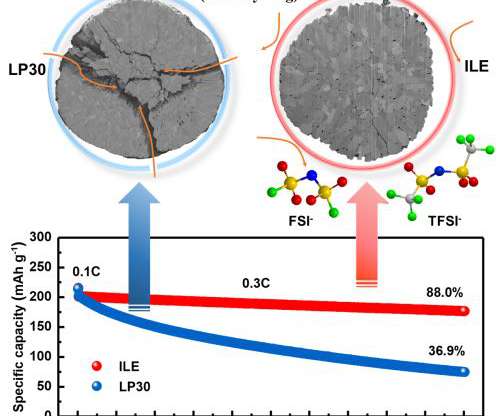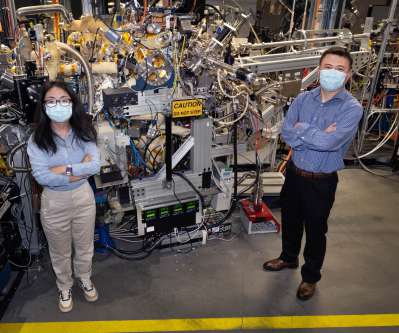U Texas team develops cobalt-free high-energy lithium-ion battery
Green Car Congress
JULY 19, 2020
More nickel in a battery means it can store more energy. graduate Wangda Li. codoped NMC (NMCAM) of identical Ni content (89 mol%) synthesized in?house. Ni NMA operates at a higher voltage by ?40 Ni NMA outperforms both NMC and NCA and only slightly trails NMCAM and a commercial cathode after 1000 deep cycles.















Let's personalize your content